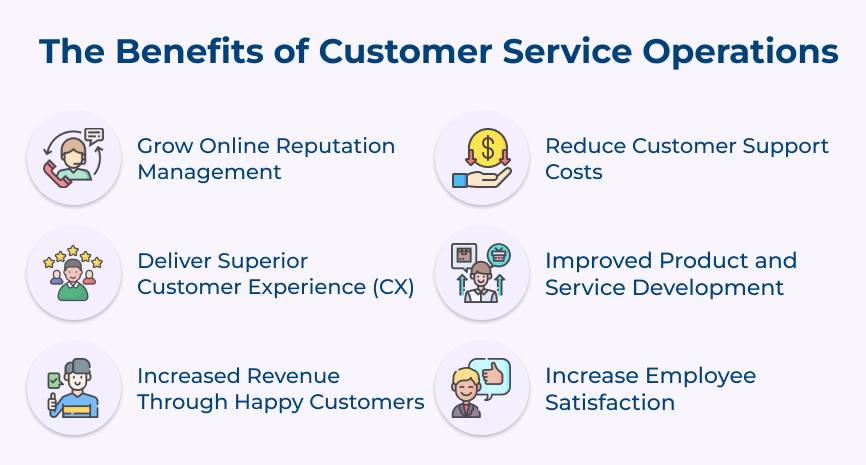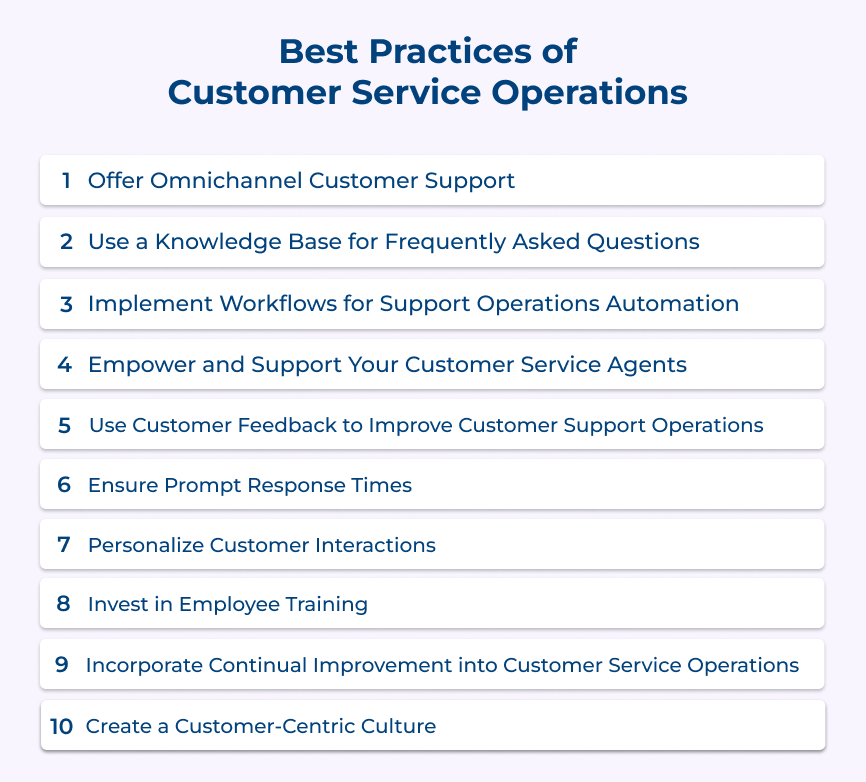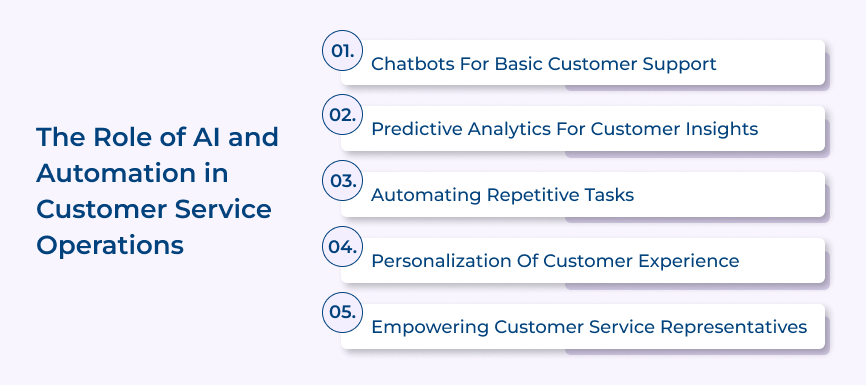1. Offer Omnichannel Customer Support
One of the best practices to stand out in customer service is to provide an omnichannel customer support approach. It means providing customer service through any channel your customer needs, such as phone, email, chat, social media or in-store. 73% of customers like shopping through multiple channels.
Offering consistent support across multiple channels allows customers to choose how they want to communicate with a business rather than being forced to use a specific channel. It’s important to coordinate efforts across all channels and provide a consistent, personalized experience for every customer.
Actionable tips:
- Ensure a consistent brand tone and information across all channels, maintaining a unified customer experience.
- Implement tools that synchronize customer interactions across channels, allowing agents to pick up where the previous conversation left off.
- Tailor interactions to the specific channel while maintaining a coherent customer journey, enhancing engagement and satisfaction.
2. Use a Knowledge Base for Frequently Asked Questions
Most customers have some commonly asked questions. In order to efficiently answer these questions, companies should create a knowledge base that has frequently asked questions and answers.
A knowledge base helps customers find the information they need quickly without having to wait for a support representative. It allows the customer support operations team to focus on more complex and technical customer inquiries.
Actionable tips:
- Keep the knowledge base up to date, reflecting the latest products, services and common inquiries.
- Organize the knowledge base logically, making it effortless for customers to find relevant information quickly.
- Implement a robust search feature that anticipates user queries and delivers accurate results efficiently.
3. Implement Workflows for Support Operations Automation
Automation can help streamline tasks such as assigning tickets, categorizing and prioritizing issues. It helps to route the support requests to the right teams or agents and send follow-up notifications. Automating repetitive tasks allows your agents to focus on more complex issues, which leads to enhanced productivity and satisfaction.
Mapping out workflows and identifying processes that can be streamlined allows companies to ensure that automation seamlessly integrates into the existing framework. Automation doesn’t mean sacrificing personalization. Thoughtful automation can enhance the customer experience, swiftly addressing routine queries while reserving your agents’ expertise for interactions.
Actionable tips:
- Identify and map out the customer support processes that can be automated, ensuring a smooth transition.
- Tailor automated responses to retain a human touch, even in routine interactions.
- Continuously evaluate automated workflows to identify areas for improvement and adjust as needed.
4. Empower and Support Your Customer Service Agents
Empowering your customer service agents means giving them the training, resources and tools necessary to provide the best service to your customers. Your customer operations team should be encouraged to find solutions to problems rather than just handling them.
The agents should also have access to customer data that can help them tailor service approaches for each customer. Make sure to establish a robust feedback loop that encourages agents to share insights from customer interactions. It not only facilitates ongoing improvements but also ensures that agents feel heard and valued in the process.
Actionable tips:
- Offer ongoing training to keep agents up-to-date with product knowledge, communication skills and evolving customer needs.
- Empower agents to make decisions that align with customer needs, promoting a sense of ownership.
- Create a feedback mechanism for agents to share insights from customer interactions, contributing to continuous improvement.
5. Use Customer Feedback to Improve Customer Support Operations
Customer feedback is an invaluable resource for refining your support operations. It helps you to get insights into what is working and what needs to change. You can use surveys, focus groups, or personal feedback to collect valuable customer insights. Make sure to respond to customer feedback promptly and take action on their suggestions.
The feedback approach is never about collecting feedback; it’s about transforming it into actionable improvements. Analyzing feedback patterns gives you a comprehensive understanding of pain points and customer expectations. It allows your support team to address issues proactively and enhance overall service quality.
Actionable tips:
- Gather feedback immediately after customer interactions to capture accurate sentiments.
- Employ various channels, including surveys and social media, to collect diverse customer feedback.
- Analyze feedback data to identify recurring issues and areas for improvement, driving tangible changes.
6. Ensure Prompt Response Times
The time it takes for a company to respond to a customer query has a significant impact on customer satisfaction. Customers expect a quick response, regardless of the channel they use to contact the company.
Companies should set clear response time targets and regularly measure their performance against them. Automation and chatbots can help to ensure timely responses, even after regular business hours.
Actionable tips:
- Set transparent response time expectations for different communication channels.
- Implement chatbots and automation to ensure customers receive timely responses even outside regular business hours.
- Continuously analyze response time data to identify bottlenecks and refine processes.
7. Personalize Customer Interactions
Brands can personalize communications, anticipate customer needs and offer relevant product recommendations by segmenting customer data. Customers are more likely to feel valued and connected to a brand if they receive personalized interactions. 49% of consumers said they would likely become repeat buyers if offered a personalized experience by a retail brand.
Personalization is more than just addressing customers by name; it’s about crafting interactions that resonate on an individual level. Effective personalization relies on data-driven insights. Segmenting your audience based on preferences and behaviors allows you to tailor interactions for maximum impact.
Actionable tips:
- Utilize customer data to segment your audience for targeted, personalized interactions.
- Analyze customer behaviors to anticipate their needs and offer relevant suggestions.
- Tailor interactions based on location, language and cultural preferences for a genuine connection.
8. Invest in Employee Training
Companies need to have a highly skilled and knowledgeable team of customer service agents to offer excellent support. One way to achieve it is by investing in employee training. They can include training on customer service tactics, strategies, product knowledge and empathy.
When your employees are well-trained, they’ll be equipped to handle any customer issue that comes their way. Investing in employee training isn’t just a one-time initiative; it’s an ongoing commitment to excellence. Establish a continuous learning culture, where agents are encouraged to expand their skill sets and stay updated with industry trends.
Actionable tips:
- Develop comprehensive training programs that encompass customer service techniques, product knowledge, and soft skills.
- Encourage agents to pursue ongoing learning and professional development.
- Use real-world scenarios to simulate various customer interactions and hone practical skills.
9. Incorporate Continual Improvement into Customer Service Operations
Incorporating continual improvement into your customer service operations is essential for keeping up with changing customer needs and preferences. It involves monitoring metrics such as response time, first contact resolution and customer retention. Analyzing the metrics allows you to identify areas for improvement.
Delving into negative metrics equips you to address underlying challenges and refine your strategies. The agility in implementation ensures that improvement efforts aren’t isolated events but ongoing processes. Staying adaptive allows you to create a customer service framework that evolves with changing needs, setting the stage for consistent excellence.
Actionable tips:
- Periodically review key metrics like response time, resolution rates, and customer satisfaction scores.
- Dig deeper into negative metrics to identify underlying issues and develop targeted solutions.
- Continuously adapt processes based on insights, focusing on iterative improvements for enhanced efficiency.
10. Create a Customer-Centric Culture
You have to create a customer-centric culture within your organization to provide excellent customer service. It means making customer satisfaction a top priority and empowering your employees to make decisions that benefit the customer. A customer-centric culture can lead to higher customer satisfaction rates, better reputation and improved customer loyalty.
A customer-focused culture is nurtured when every level of the organization is aligned in valuing customer satisfaction. Leadership plays a pivotal role in setting the tone; when leadership emphasizes the significance of customer-centricity, it trickles down to every employee. Such a culture isn’t just about transactions; it’s about promoting relationships built on trust and genuine care.
Actionable tips:
- Ensure leadership champions and demonstrates the importance of customer-centricity.
- Empower employees to make customer-focused decisions without unnecessary approvals.
- Recognize and celebrate instances where employees go the extra mile to serve customers effectively.
The Role of AI and Automation in Customer Service Operations
Let’s dive into the critical role that AI and automation play in customer service operations to understand how businesses can strike a balance between technology and the human touch.















